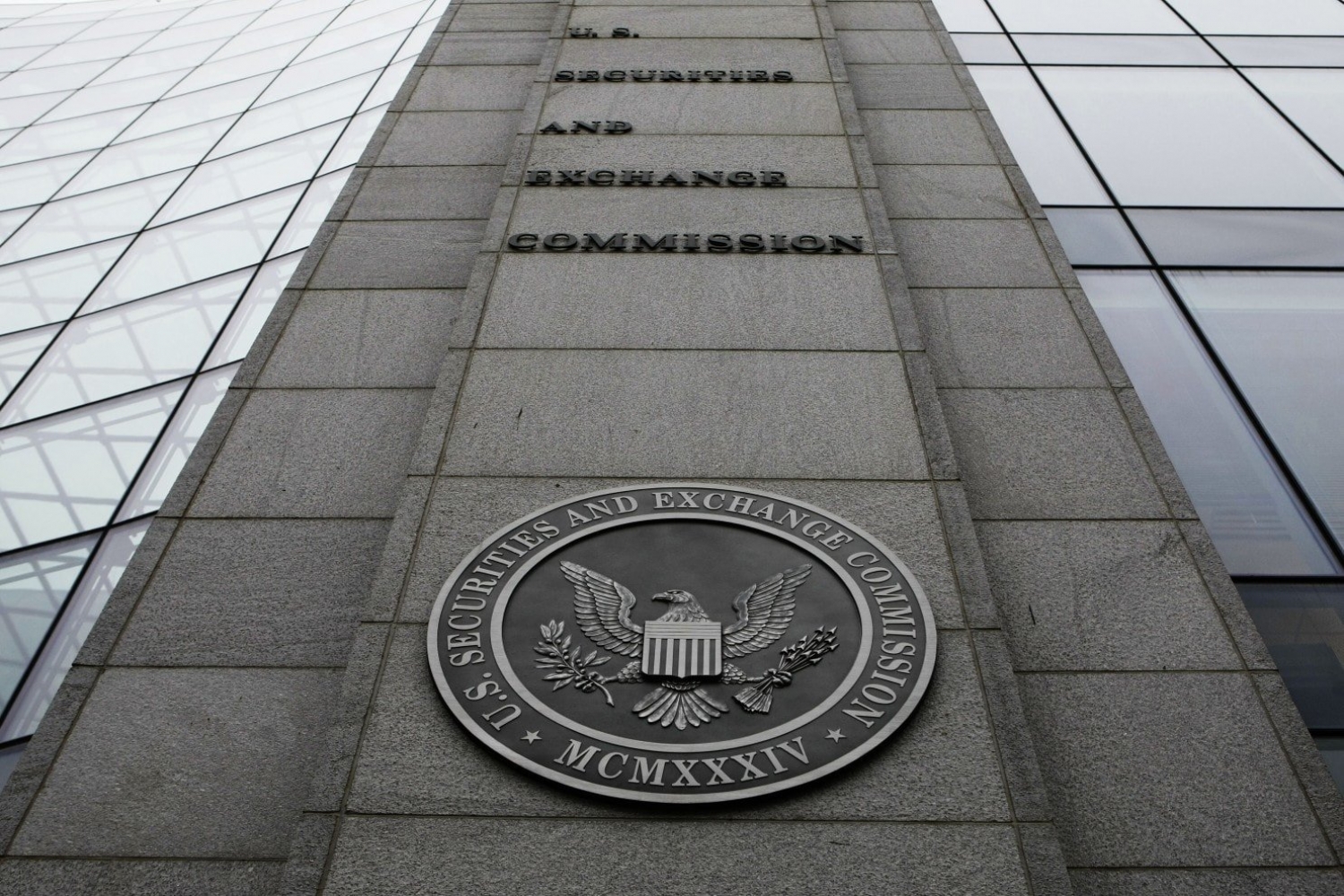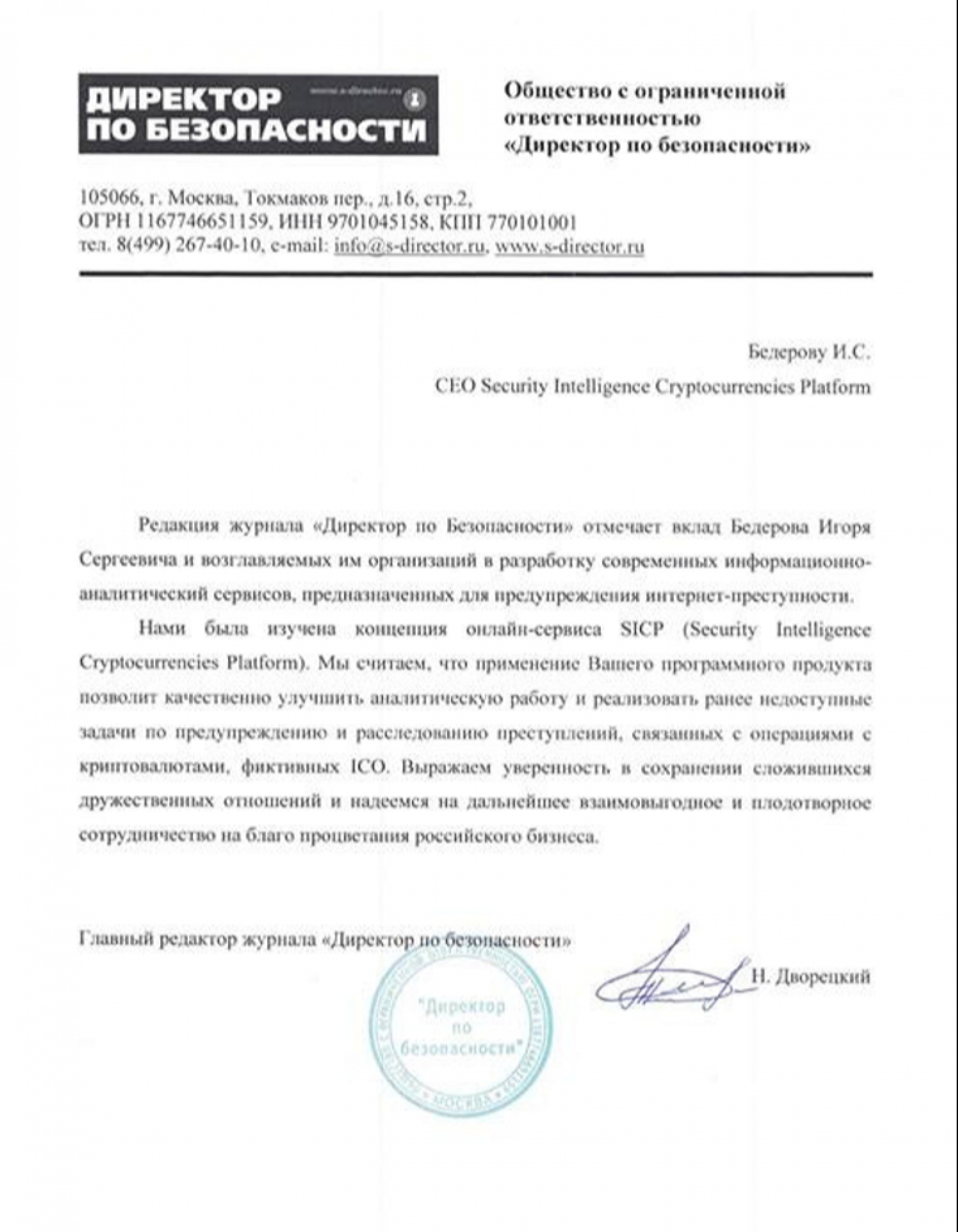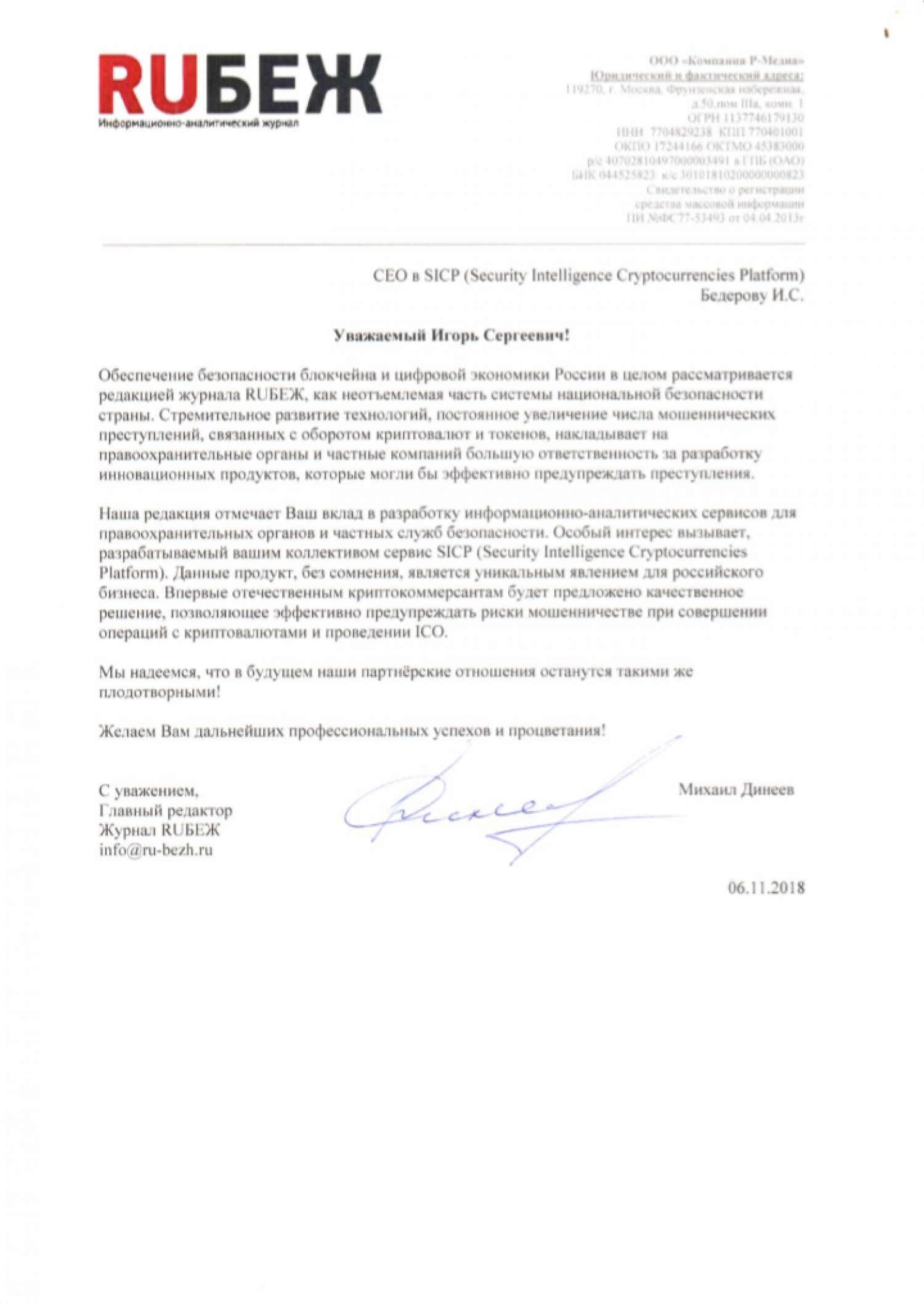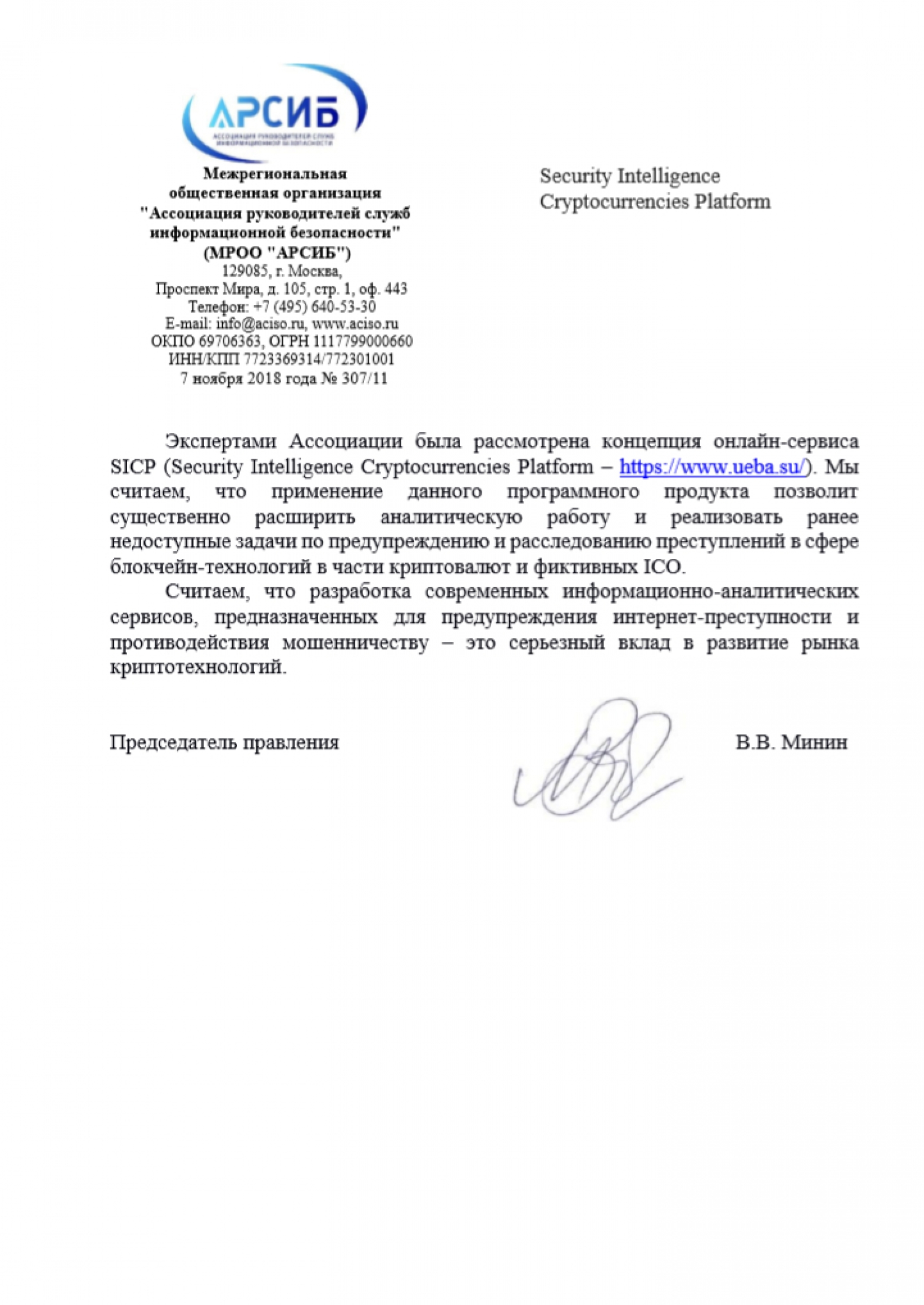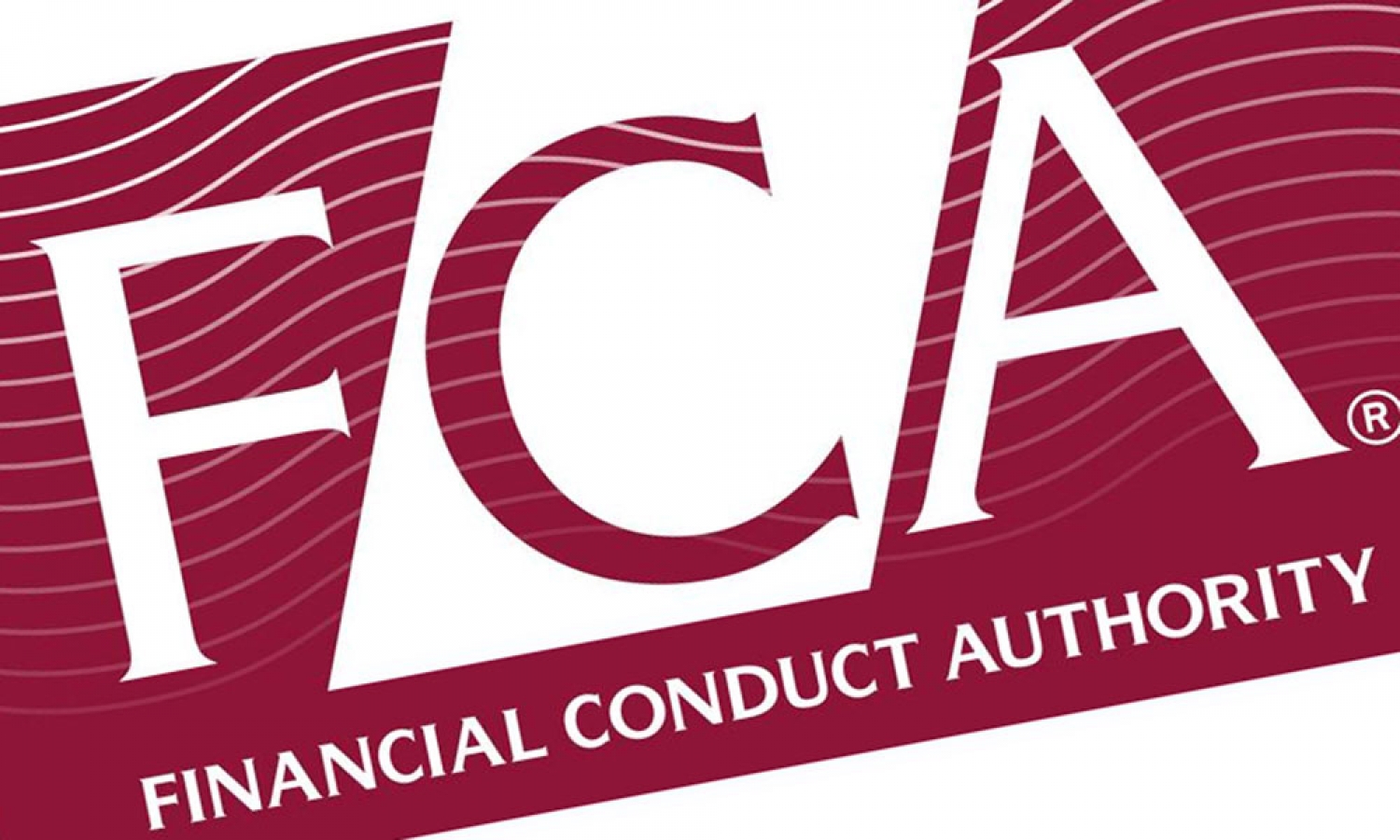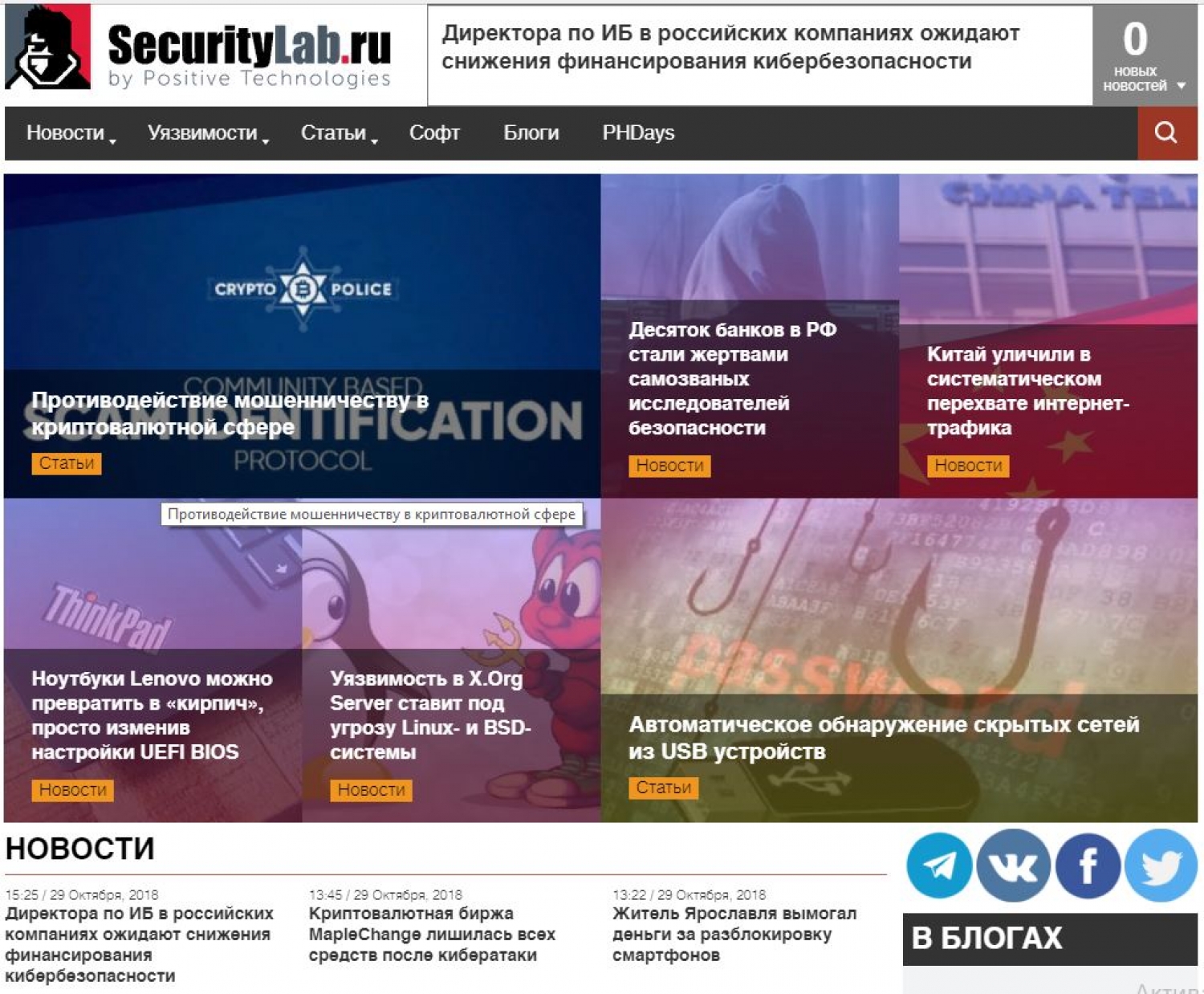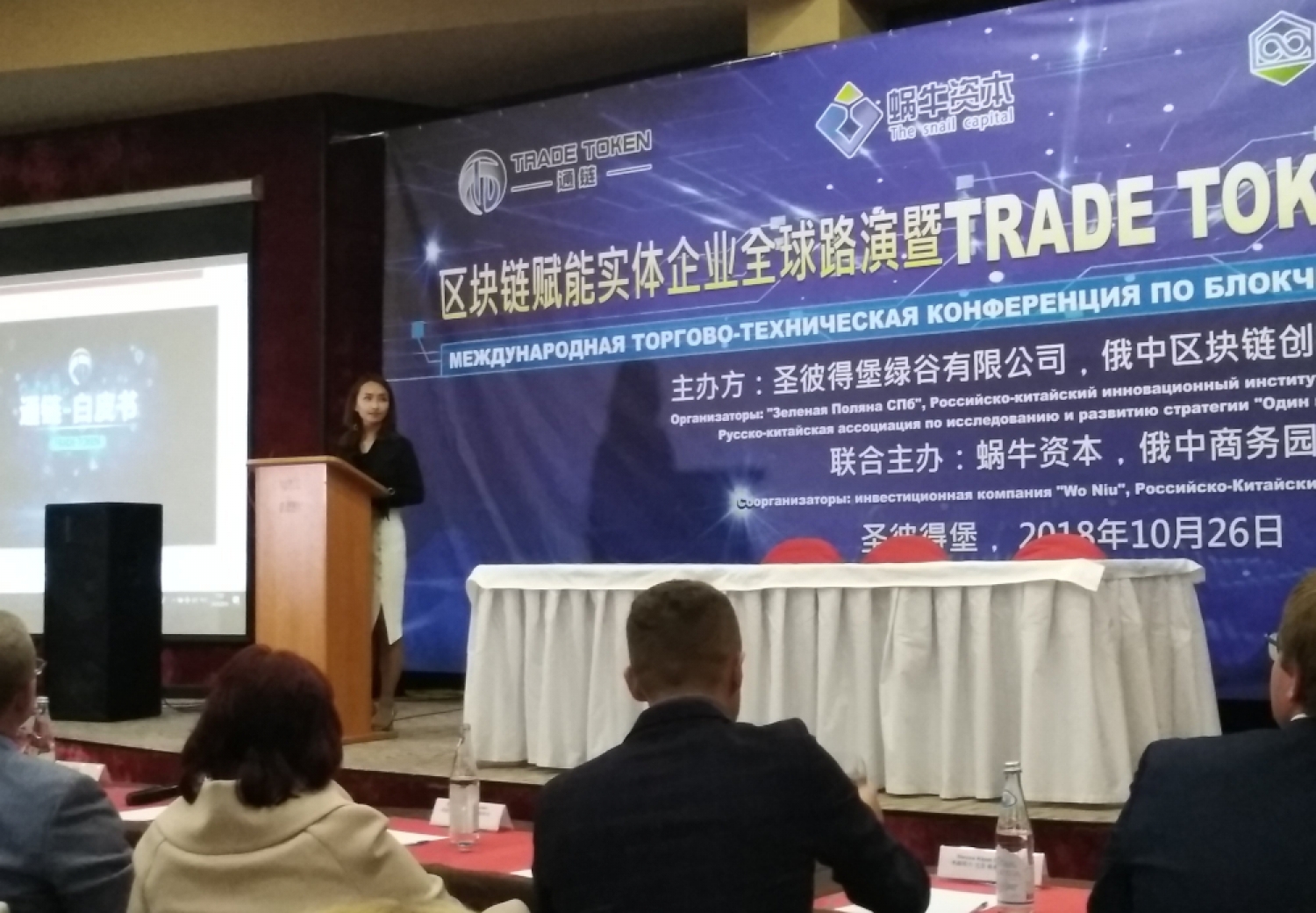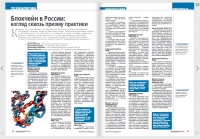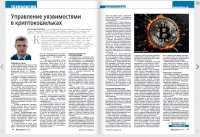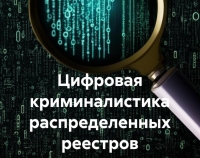Блог
SEC ENFORCEMENT DIVISION ISSUES REPORT ON FY 2018 RESULTS
Written by Rytikov AleksanderThe Securities and Exchange Commission’s Enforcement Division issued the annual report of its ongoing efforts to protect investors and market integrity, Nov. 2, 2018. The report also highlights several significant actions and initiatives that took place in FY 2018. The report presents the activities of the Division from both a qualitative and quantitative perspective.
In accordance with Chairman Clayton’s charge to focus on Main Street investors, Division of Enforcement Co-Directors Stephanie Avakian and Steven Peikin previously outlined five core principles that serve to guide the work of the division.
The core principles – focus on the Main Street investor, focus on individual accountability, keep pace with technological change, impose remedies that most effectively further enforcement goals, and constantly assess the allocation of resources – were first described in the Division’s FY 2017 annual report. The Division’s adherence to these principles resulted in meaningful results, including the return of almost $800 million to harmed investors, holding individuals – including many at the highest level – accountable, barring bad actors from the securities markets, and sending strong messages of deterrence. The impact of these actions has unquestionably protected investors of all types, particularly retail investors.
The Division’s focus on obtaining relief for harmed investors is underscored by various retail investor-specific initiatives. One example is the Division’s Share Class Selection Disclosure Initiative, a self-reporting initiative designed to quickly return money to investors who may have been harmed by failures to disclose conflicts of interests related to the selection of mutual fund share classes.
Also illustrative of the Division’s impact in protecting investors and market integrity is the groundbreaking approach to addressing misconduct involving initial coin offerings and digital assets, which reflects a focus on cases that deliver strong and clear messages and have broad market impact.
Quantitatively, the SEC brought a diverse mix of 821 enforcement actions, including 490 standalone actions, and returned $794 million to harmed investors. A significant number of the SEC’s standalone cases concerned investment advisory issues, securities offerings, and issuer reporting/accounting and auditing, collectively comprising approximately 63 percent of the overall number of standalone actions. The SEC also continued to bring actions relating to market manipulation, insider trading, and broker-dealer misconduct, with each comprising approximately 10 percent of the overall number of standalone actions, as well as other areas. And it obtained judgments and orders totaling more than $3.945 billion in disgorgement and penalties...
Source: SEC.gov
The editorial staff of the Security Director magazine notes the contribution of Igor Sergeyevich Bederov and the organizations he leads to the development of modern information and analytical services designed to prevent Internet crime.
We have studied the concept of the SICP (Security Intelligence Cryptocurrencies Platform) online service. We believe that the use of your software product will qualitatively improve the analytical work and implement previously inaccessible tasks for the prevention and investigation of crimes related to operations with cryptocurrency, bogus ICO.
We express confidence in maintaining the existing friendly relations and look forward to further mutually beneficial and fruitful cooperation for the benefit of the prosperity of Russian business.
2018/11/08
RUBEZH INFORMATION ANALYTICAL MAGAZINE
Written by Aleksandr PodobnykhEnsuring the security of the blockchain and the digital economy of Russia is generally considered by the editors of RUBEZH magazine as an integral part of the country's national security system. The rapid development of technology, the constant increase in the number of frauds related to the circulation of cryptocurrencies and tokens, imposes on law enforcement agencies and private companies a great responsibility for developing innovative products that could effectively prevent crime.
Our editorial notes your contribution to the development of information and analytical services for law enforcement and private security services. Of particular interest is the SICP (Security Intelligence Cryptocurrencies Platform) service developed by your team. These products are undoubtedly a unique phenomenon for Russian business. For the first time, domestic cryptocommerce merchants will be offered a high-quality solution to effectively prevent the risks of fraud when performing operations with cryptocurrencies and conducting ICO's.
We hope that in the future our partnership will remain as fruitful! We wish you further professional success and prosperity!
2018/11/06
ASSOCIATION OF CHIEF INFORMATION SECURITY OFFICER
Written by Aleksandr PodobnykhThe experts of the Association studied the concept of the online service SICP (Security Intelligence Cryptocurrencies Platform - https://www.ueba.su/). We believe that the use of this software will significantly expand the analytical work and implement previously inaccessible tasks for the prevention and investigation of crimes in the field of blockchain technologies (operations with cryptocurrency, fictitious ICO, etc.)
We believe that the development of modern information and analytical services designed to prevent Internet crime and combat fraud is a major contribution to the development of the market of cryptotechnologies.
2018/11/07
2018 GLOBAL BLOCKCHAIN SURVEY: DELOITTE
Written by Aleksandr PodobnykhBreaking blockchain open... Deloitte’s new global survey of more than 1,000 global blockchain-savvy executives from seven countries and nine industries is a leading indicator of where blockchain is headed.
While not quite ready for primetime yet, blockchain is getting closer to its breakout moment with every passing day.
Momentum is shifting from a focus on learning and exploring the potential of the technology to identifying and building practical business applications. It just may not be happening when and where we expected.
The global executives with excellent-to-expert knowledge of the technology we surveyed hold more pragmatic views and look poised to make some major moves over the next year. They see great value in blockchain’s potential to reinvent processes across the business value chain—and there is interest and investment in a wide range of use cases.
For example, 74 percent of all respondents report that their organizations see a “compelling business case” for the use of blockchain—and many of these companies are moving forward with the technology. About half of that number (34 percent) say their company already has some blockchain system in production, while another 41 percent of respondents say they expect their organizations to deploy a blockchain application within the next 12 months. In addition, nearly 40 percent of respondents reported that their organization will invest $5 million or more in blockchain technology in the coming year.
As more organizations put their resources behind this emerging technology, we expect blockchain to gain significant traction as its potential for greater efficiency, support for new business models and revenue sources, and enhanced security are demonstrated in real-world situations...
Source: Deloitte | Audit, Consulting, Financial, Risk Management, Tax Services.
ASPIS SA AND GROUP-IB HAVE DEVELOPED A SCORING MODEL FOR ASSESSMENT THE CYBERSECURITY OF CRYPTO-EXCHANGES
Written by Aleksandr PodobnykhThe international cybercrime prevention company Group-IB and the Swiss insurance broker ASPIS SA project - CryptoIns it platform-have developed a scoring model for assessing the cybersecurity of crypto-exchanges. The product allows you to rank the exchange on the degree of protection from external influences and calculate insurance rates of cyber risks for their customers.
The scoring model based on the assessment of Group-IB and CryptoIns specialists will be used in the calculation of insurance tariffs for clients of crypto-exchanges. According to Group-IB, the damage from targeted attacks on the crypto currency exchange in 2017 and 2018 the first nine months of the year amounted to $877 million. During this time it was hacked at least 13 trading platforms.
Security assessment takes Group-IB. Several indicators are taken into account: the level of technical security of the infrastructure, the reliability of key storage, the level of protection of passwords and personal customer data, the ability to withstand potential cyber threats, etc. Evaluation is made both on the basis of open data and with the help of specialized tests (for example, penetration from using social engineering techniques). In addition, an “incident map” is being built, consisting of factual information on all attacks on the stock exchange, attempts at fraud, data compromise, etc. For their part, CryptoIns experts evaluate the dynamics of trading volume, commissions, quality of traded assets and some other indicators.
On the basis of the data obtained, points are calculated that reflect the level of risk of the exchange in terms of potential damage from the activities of cybercriminals. The first group includes reliable exchanges that are least exposed to such risks. To the last, fourth-the most vulnerable. Based on this classification, the insurance rate for the customer is calculated. Insurance covers the risk of complete termination of the crypto-exchange as a result of hacker attacks and fraud on the part of employees and founders of the crypto-exchange. The insurance certificate is issued by a licensed insurance company Selecta Insurance and Reinsurance Company (Caribbean) Limited...
Source: Kommersant.
NEURAL NETWORK LABORATORY OF THE PHYSTECHPARK WILL SAVE THE BLOCKCHAIN FROM CRIME
Written by Aleksandr PodobnykhIn the Moscow region raised the Auditor blockchain. Thus, the Center of Neuroinnovations, formed with the support of the Rating agency for the evaluation of digital economy projects at Plekhanov University, and the expert-analytical platform “Smart country” (resident of the Phystechpark in Dolgoprudny) announced the launch of the project under the working name Neuro Auditor Blockchain (NeuroB) — which is an artificial intelligence, focused on the fight against fraudulent schemes of fashion technology ICO.
The project will minimize the losses of investors in the blockchain sector, which currently amount to more than $ 9 million per day...
This is a platform based on neural calculations to identify unscrupulous blockchain projects, a kind of Auditor. That is, Scam (fraud) can be shot back on the approach of high-tech guns, and investors will not lose money. The most important task of the project, according to the businessman, to return to ordinary investors in cryptonomicon.
Since the beginning of 2018, 537 ICO have been registered for a total amount of $ 13.7 billion. For comparison, in 2017, 552 ICO were held with the volume of attracted funds of only $ 7 billion. Also, compared to last year, the average ICO size almost doubled: from $ 12.8 million to more than $ 25.5 million...
Source: Hi-tech News.
FCA PUBLISHES REPORT ON UK APPROACH TO CRYPTOASSETS
Written by Aleksandr PodobnykhThe Financial Conduct Authority (FCA) published a report on the UK's policy and regulatory approach to cryptoassets on 29 October, as part of the Treasury (HMT) led Cryptoasset Taskforce.
The Taskforce Report has considered the policy and regulatory implications of distributed ledger technology (DLT), and cryptoassets, and at a high level set out some of the opportunities and risks they present. The FCA has previously published a Discussion Paper and Feedback Statement on DLT more broadly. The FCA has made clear that in its view cryptoassets have no intrinsic value and investors should therefore be prepared to lose all the value they have put in.
Whilst the Taskforce appreciates that cryptoassets have the potential to bring benefits to markets, firms and consumers, there remains considerable risks that HMT, the Bank of England and the FCA will take action to mitigate.
Key risks include: harm to consumers and market integrity, the use of cryptoassets for illicit activities and potential future threats to financial stability.
In order to mitigate these risks, the Taskforce has committed to a number of actions, including consulting on:
- Perimeter guidance by the end of 2018 to clarify which cryptoassets fall within the existing regulatory perimeter, and those cryptoassets that may fall outside;
- Whether the regulatory perimeter requires extension to capture cryptoassets that have comparable features to specified investments, but currently fall outside the perimeter;
- A separate consultation by Q1 2019 on a potential prohibition of the sale to retail consumers of derivatives (including contracts for differences, options, and futures) referencing certain types of cryptoassets;
- Given the complexity and new challenges presented to traditional forms of financial regulation, more time is needed to consider how regulation can meaningfully address the risks posed by exchange tokens, such as Bitcoin. The government will issue a consultation in early 2019 to further explore whether and how exchange tokens, and related firms such as exchanges and wallet providers, could be regulated effectively; and
- Implementing one of the most comprehensive responses globally to the use of cryptoassets for illicit activities by applying and going further than the fifth EU Anti-Money Laundering Directive.
The authorities will continue to monitor market developments and work with international counterparts to consider appropriate domestic and international responses.
Source: Financial Conduct Authority | FCA.
More...
We’ve been reading about the promise of blockchain technology for several years now. Many skeptics are beginning to wonder if the “year of blockchain” will ever really arrive. Blockchain isn’t a cure-all, but there are clearly many problems for which this technology is the ideal solution. We continue to see banks, brokerages, insurers, regulators, and others actively testing ways to harness the benefits of blockchain. The journey has only just begun.
By definition, blockchains allow multiple parties to work together effectively, even if they don’t fully trust each other. The most exciting opportunities come when the largest industry players unite with a common approach. While many financial firms have banded together in various efforts on blockchain initiatives, 2017 also saw some large players step away in favor of working on their own projects internally and keeping the intellectual property.
Exchanges embrace blockchain and regulators warm up. We’ve seen several global securities exchanges launch blockchain-based platforms. Regulators are working with the exchanges to explore what oversight should look like. And most industry players still struggle with how to audit systems with almost-instant clearing and consensus-based verification...
Source: PwC: Audit and assurance, consulting and tax services.
On the leading portal for information security, Security.Lab.ru published an analytical note - Countering cryptocurrency fraud (2018/10/29).
In the new industry, the use of distributed ledgers and cryptocurrency turnover, a significant number of problems. The industry is still poorly regulated. Some of them are: current global losses from cybercrime - more than $ 500 billion; fraud world losses - more than $ 50 billion; global cybersecurity costs - more than $ 86.4 billion; ten percent of funds for ICO plundered by fraudsters (phishing) - $ 388 million.
Thus, according to PwC, as of August 2018, 15% of companies have already implemented blockchain technology. The growth of a programmable economy is expected to reach $ 3 trillion by the year 2030. In this regard, the fraud has moved into the cryptocurrency sphere, and almost reached its peak...
Source: SecurityLab.ru
Source: K4Y0T Project.
FORUM ABOUT MODERN SECURITY TECHNOLOGIES - SAY FUTURE
Written by Aleksandr PodobnykhOn October 24-25, Moscow hosted a Forum on modern security technologies - Say Future 2018.
One of the speakers was Igor Bederov, CEO of the platform. The topic of his speech was devoted to the current trends in the development of economic crime in Russia. According to the statistical information of law enforcement agencies and data of the Internet-Rozysk company, the country is experiencing an increase in the proportion of fraud committed using Internet technologies.
In order to effectively counter the further growth of crimes that cause financial damage to citizens, businesses and the state, law enforcement agencies need to adjust investigation techniques, and private security services need to complicate risk identification models, which will require innovative information and analytical products and solutions.
One of the activities of the company Internet-Rozysk, just is the creation of such modern tools. For example, the product of the TelPoisk.rus is already actively used to assess business risks and investigate crimes committed with the use of high technologies.
INTERNATIONAL TRADE AND TECHNICAL CONFERENCE ON BLOCKCHAIN TECHNOLOGIES TRADE TOKEN
Written by Aleksandr PodobnykhYesterday, the international trade and technical conference on blockchain technologies "Trade Token" was held at the site of the Russian-Chinese business Park (big restaurant Qin in Lenexpo), with the support of the community of blockchain developers of St. Petersburg.
The conference was organized by LLC "Green glade SPb", the Russian-Chinese innovation Institute of blockchain technology and the Russian-Chinese Association for research and development of the strategy "One belt — one way" with the assistance of the investment company "Wo Niu" and the Russian-Chinese business Park.
During the conference, we talked about the advantages and disadvantages of blockchain and cryptocurrency technology. Representatives of Trade Token told about blockchain technologies of leading companies of Hubei province (China), as well as about the features of blockchain technologies in China (limitations and prospects).
After the signing of the Memorandum of cooperation between Etherus and Trade Token, it was time to get acquainted with foreign colleagues, exchange experience about taking pictures.
Search
Blog Category
Popular Post
Latest News
О КОСАтка
Корпоративная система аналитики Транзакция Криптовалюта Актив - кибербезопасность инфраструктуры блокчейнов и антифрод в криптовалютной сфере (антискам, прозрачность, комплаенс).
Связаться
Российская Федерация, Москва
Тел.: +7 (911) 999 9868
Факс:
Почта: cosatca@ueba.su
Сайт: www.ueba.su

